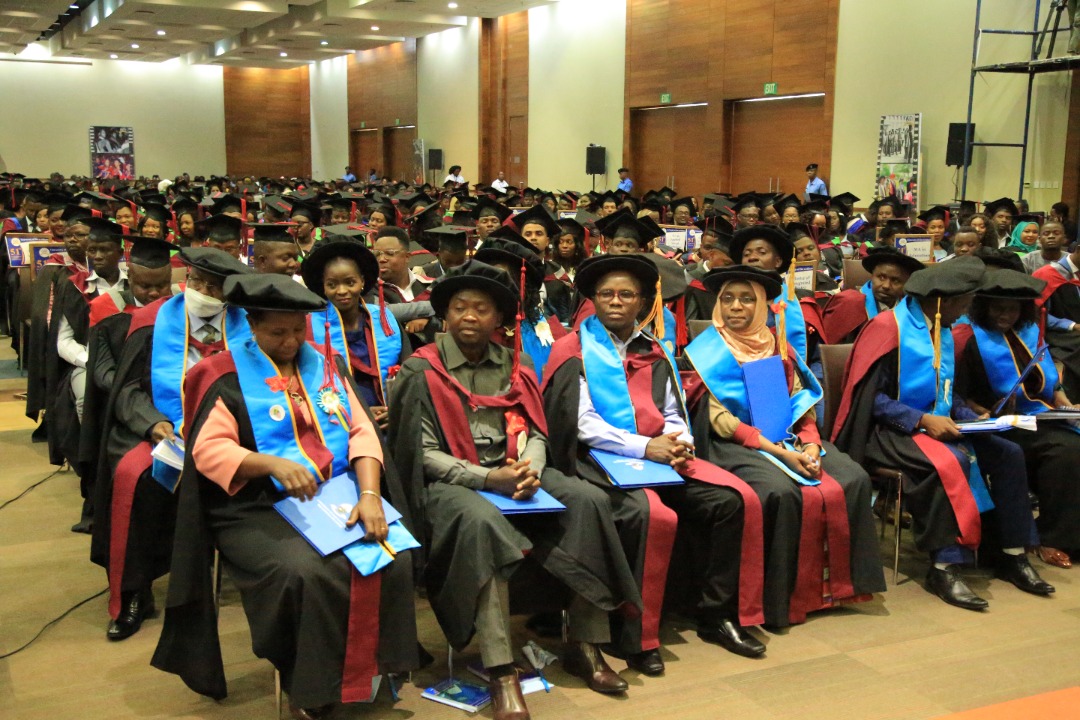Universities Join Industrialisation Drive
Tanzanian universities commercialise IoT and safety tech as COSTECH funding triples; stable CPI 3 % and DSE EGM reforms anchor SME expansion amid global chip-price shifts. (DSEEGM, CPI)

Across Tanzania’s universities, a new generation of engineers and scientists is crossing the line between research and enterprise. At the University of Dar es Salaam and Arusha Technical College, students who once treated prototypes as academic exercises are now pitching investors. Their inventions—ranging from Internet-of-Things sensors that monitor tomato spoilage to low-cost transport-safety systems—are being incubated under a public-private programme aimed at converting student research into viable start-ups.
The initiative coincides with the government’s 2025 industrialisation agenda, which positions innovation as a fiscal and employment lever rather than a grant-driven sideline. The Ministry of Education and the Tanzania Commission for Science and Technology (COSTECH) have expanded the Innovation Fund to TSh 40 billion (≈ US$16 million), tripling last year’s allocation. Funding now ties disbursement to revenue milestones, pushing inventors to adopt commercial discipline early. SME Bank Tanzania and the DSE’s Enterprise Growth Market are also structuring blended-finance windows to help spin-offs scale without surrendering control to foreign venture capital.
Macro-level linkages are visible. Patent registrations climbed 18 percent year-on-year, while technology exports—mostly software and light-engineering components—added roughly US$70 million to non-traditional export receipts in 2024. For policymakers, the payoff is twofold: job creation among graduates and incremental FX earnings that diversify beyond mining and tourism. The ecosystem’s strength, however, depends on legal infrastructure. Only half of universities maintain enforceable IP policies, leaving founders exposed to disputes once projects attract investors. The government’s forthcoming IP-commercialisation bill, due in Parliament in early 2026, aims to standardise ownership and royalty-sharing formulas across public institutions.
Economically, the model aligns with the broader SME-formalisation push embedded in FYDP III. Digital-tax registration and e-invoice systems now extend to start-ups, offering early compliance incentives and credit footprints that can be monetised later. If even 20 percent of incubated ventures achieve profitability, analysts estimate an additional 0.3 percentage-point contribution to non-extractive GDP by 2027. That multiplier depends on sustained macro stability—CPI at 3 percent, policy rate near 5 percent—and continued access to affordable components as global semiconductor prices fluctuate.
The near-term test is translation from pilot to scale. Tanzania’s universities have proven they can invent; the question is whether they can manufacture, distribute and export competitively. A coordinated value-chain approach—linking research labs, local fabricators and regional venture funds—would cement innovation as a permanent growth driver rather than an episodic success story.





